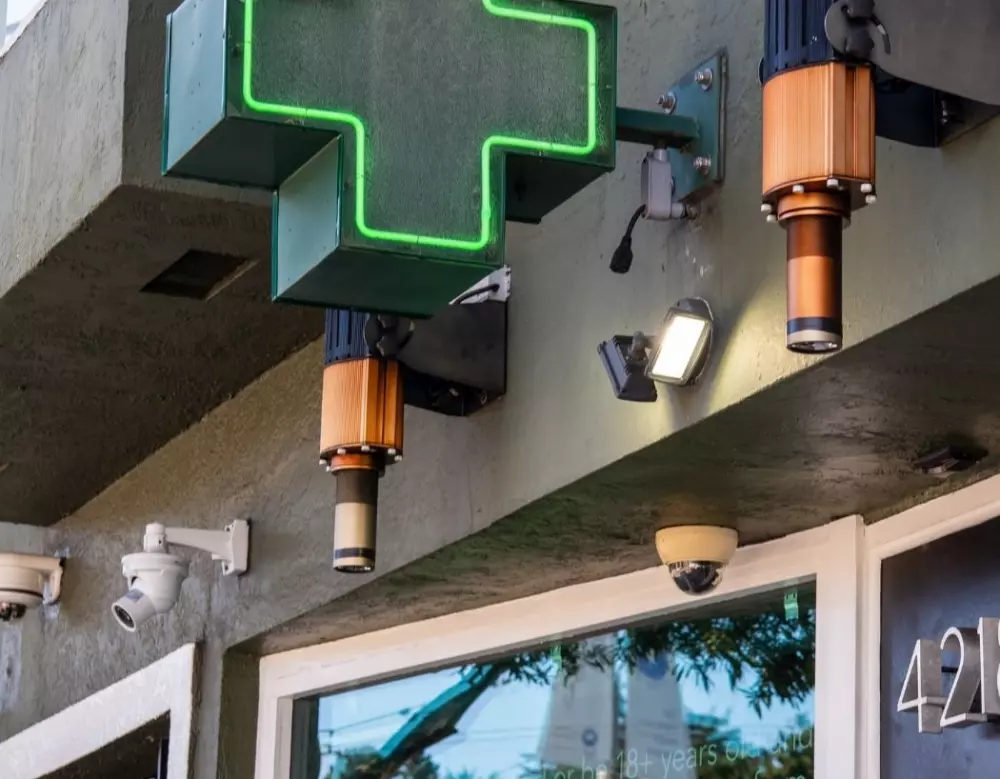Whether you’re new to the plant entirely, haven’t smoked since that one time in college when things got weird, or you’re navigating the legal dispensary market for the first time, trying to figure out where to start with cannabis can be overwhelming. But it doesn’t have to be if you’re armed with a little bit of knowledge! Use this Flower Guide to help you understand what to look for, what you want, and what to ask for!
Beginner's Lingo
Flower: This refers to the dried, cured cannabis buds we all think of when we think of weed. Your budtender may ask what you’re looking for; tell them that you’re looking for flower if you’re looking to smoke. Other categories of cannabis products include
edibles, topicals,
concentrates, etc.
Indica and Sativa*: The second question your budtender will ask you will probably be, “Indica or sativa?” While these terms can be tongue-twisting for the cannabis newbie, fear not: what budtenders are actually asking with this question is how you want to
feel. Sativa strains are known for their uplifting, invigorating, get-up-and-go head high that makes for happy, productive stoners. Indica strains are sedating, sleep-inducing and deeply relaxing, with a body high that’s known to cause what's known as the cannabis “couchlock” effect. A super easy way to remember which is which: ”In-di-ca” puts you “In-da-couch.”*
*As you progress in your cannabis education, you will learn that broadly categorizing cannabis as “indica” versus “sativa” is controversial and is not a one hundred-percent foolproof science. Stay tuned to read more about this!
The Four Steps to Shopping for Weed Like a Pro
Ok, now that you’ve got some of the basics down, how do you know what to look for? Follow these four easy steps, and you'll be shopping like a true cannasseur in no time!
Step One: Use Your Eyes
You can tell a lot about cannabis by looking at it. Depending on where you’re purchasing your cannabis, evaluating its appearance may be the only clue you have about its quality. First, you’ll want to observe the bud’s trichome content. Trichomes are resinous glands on the plant that produce
cannabinoids and
terpenes; to the naked eye, they look white and crystalline. A nicely “frosted”-looking bud can indicate both great flavor and cannabinoid content.
Next, observe the bud’s color: Healthy cannabis buds display a range of colors, from shades of green to deep purples. If the bud looks overall brown, there is a chance it is old, and oxidized, which will make for a stale, less potent smoke. Choose buds that appear greenish with a frost of white trichomes. You may see hairs, called stigmas, on the buds; these should range in color from yellow to deep reddish-orange to brown.
Other factors to consider are the buds’ size, shape and trim. While you may notice some buds are small and wispy-looking and others are large and dense, this tends to speak more to the cultivation techniques than quality, so don’t be dissuaded by smaller buds. Quality flower will have been properly trimmed, however, so avoid bud with abundant stems or untrimmed leaves. Seeds in the bud indicate improper cultivation standards.
As you advance in your cannabis education, you can begin to look out for other undesirable traits such as mold, mites and mildew. Mold is typically not apparent from the outside of the bud, but can be observed when you begin to break it down, appearing with obvious signs of rot, and mildew can be confused by the untrained eye for trichomes. Just remember: trichomes will have a sparkly crystalline appearance, whereas mildew will appear more like a dry white powder. Fruit flies and spider mites can leave more subtle signs, including small black spots.
Step Two: Use Your Fingers (If You Can!)
If you have the chance to touch your cannabis before purchasing, be on the lookout for freshness by giving the bud a gentle squeeze: It should give a little, feel sticky, and bounce back to its original shape when you let go. If the bud doesn’t bounce back or feels “wet” rather than sticky, it was likely not properly cured. If the flower feels dry and crumbly, it was likely improperly stored or may be rather old.
Step Three: Use Your Nose!
This is the most important step in the process, so be sure to smell your cannabis! Thanks to terpenes, cannabis strains have a wide variety of aromas, ranging from citrus and spice to floral and tropical. In addition to terpenes giving you a hint of what you can expect from a certain strain’s effects (
read our terpene guide here), using your nose to help guide your cannabis selection can ensure you’re buying product that tastes great. Cannabis aromas are highly subjective; some prefer gassy, skunky scents, whereas others may prefer lighter floral- and citrus-driven aromatics. Follow your nose to choose what smells best to you!
Aromas to avoid include musty, “wet” smells, hay/barnyard funk, and cannabis that doesn’t smell like anything at all.
Step Four: Taste, Taste, Taste!
If you follow these steps each time, soon you’ll learn what you like and what you don’t. The most important step is to taste, and take notes! Keep a notebook handy where you can record what strain you tried, what aromas you observed, and what effects you felt. Recording tasting notes and effects will help you begin to understand the broad spectrum of cannabis strains and experiences more fully, and can make you a more informed consumer. Maybe you’ll realize sweet, floral-smelling strains make you too sleepy for daytime, or perhaps you’ll learn that you’re partial to buds that fall in the citrusy realm; either way, learning and taking notes about what types of cannabis works best for you will make you a better and more informed consumer.
